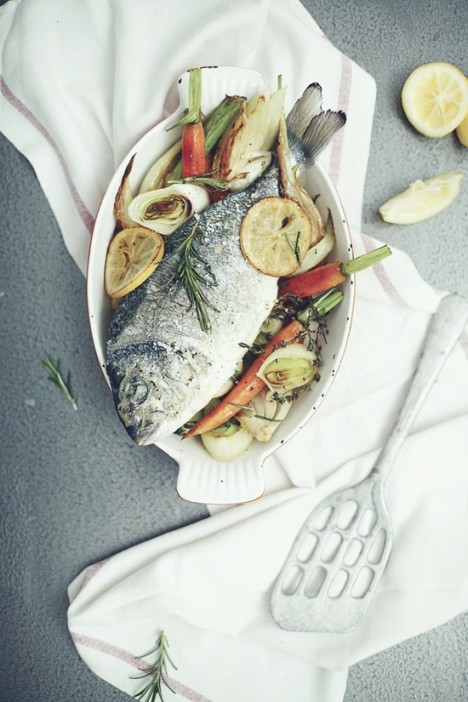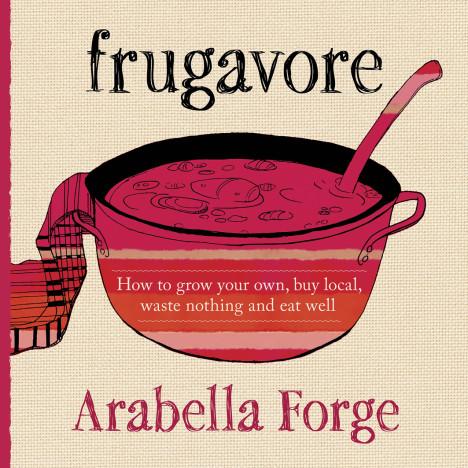I can linger at the fish monger. It can all be quite a bit to take in. I forget what species are sustainable and “good” to buy. And I dither about how to cook them. Recently, though, I decided to mount my monger meandering and learn a little more about what which fish to buy, and will now share my uncoverings here.

I’ve called on my friends at Greenpeace and Arabella Forge to join me. Arabella is a Melbourne dietician whose book Frugavore is a flippin’ excellent resource and cookbook for anyone wanting to cook real and mindfully.
She’s also the President of the Melbourne chapter of Weston A Price. So if that means something to you, you’ll very much like her work! Pam Allen who runs the sustainable seafood campaign at the Australian Marine Conservation Society has also weighed in. Plus I’ve thrown in some of my own findings, like…
1. Look out for salmon tails. I sometimes see these at my fish mongers. They’re the tail end of the fillet and often get tossed out. They have lots of lovely skin on them (the most nutritious bit of the fish…please don’t discard!!). They’re half the price of the rest of the fillet and cook up beautifully. And while we’re talking salmon…
2. Eat wild-caught instead of farmed salmon. Farmed salmon just isn’t sustainable. There are problems with the use of antibiotics and waste ending up in the natural environment. These might one day be overcome with very strict (and expensive) management to prevent any release into the ecosystem, but no one is getting it right here yet. Often wild-caught comes frozen, which is fine.
3. Favour herbivorous fish. This from Greenpeace: Most carnivorous species need to be fed a lot in order to be fattened, and this is having a significant impact on smaller species. For example, anywhere from three to over five kilograms of wild-caught fish is used to make the feed to produce one kilo of farmed salmon. Even if this feed is from sustainably managed species, it’s not an efficient ratio. The fish used to feed the salmon would be better used feeding humans.
4. Avoid anything on the red list. Pam: Some species on the sustainable fish “red list” (you can get hold of the list here) that are a big no-no are Southern Bluefin tuna, sharks (sold as flake in many fish and chip shops), striped marlin, swordfish. These
